In the early 20th century, Harley-Davidson emerged as a key player in the burgeoning world of motorcycling, a period marked by innovation, growth, and the establishment of a brand that would become synonymous with motorcycle culture. The story of Harley-Davidson in the 1900s through the 1930s is a journey of humble beginnings, technological advancements.
Harley-Davidson’s story began in 1903, when William S. Harley and Arthur Davidson, with help from Arthur’s brothers, William and Walter, produced their first motorcycle in a small shed in Milwaukee, Wisconsin. This early model was a simple, single-cylinder engine attached to a bicycle frame, but it laid the groundwork for a legacy. The company was officially incorporated in 1907, with the Davidson brothers focusing on production and Harley on engineering.
The early factories of Harley-Davidson were modest. The original shed where the first motorcycle was built gave way to larger facilities as demand grew. By 1910, they had moved to a purpose-built factory on Juneau Avenue in Milwaukee, which remains the company’s headquarters to this day. This era saw the company’s facilities continually expanding, reflecting the growing popularity of its motorcycles.
Technological innovation was a hallmark of Harley-Davidson’s early years. In 1909, they introduced their first V-twin engine, a significant advancement that offered more power and a distinctive sound that would become a Harley trademark. The 1910s saw further advancements, including the introduction of the “F-head” engine and improvements in frame and suspension design, making their motorcycles more reliable and comfortable to ride.
During World War I, Harley-Davidson played a crucial role in supporting the military effort, supplying thousands of motorcycles to the U.S. military. This not only boosted production but also helped establish the brand’s reputation for durability and reliability.
The 1920s were a golden era for Harley-Davidson. They became the largest motorcycle manufacturer in the world, with dealers in 67 countries. During this decade, the company continued to innovate, introducing models with larger and more powerful engines, and incorporating new features like front-wheel brakes.
However, the Great Depression of the 1930s presented significant challenges. Motorcycle sales plummeted, and Harley-Davidson had to adapt to survive. They diversified their product line, introducing three-wheeled utility vehicles and focusing on industrial applications for their engines. Despite these challenges, the 1930s saw continued innovation, including the introduction of the “Knucklehead” engine in 1936, offering more power and an overhead valve design.


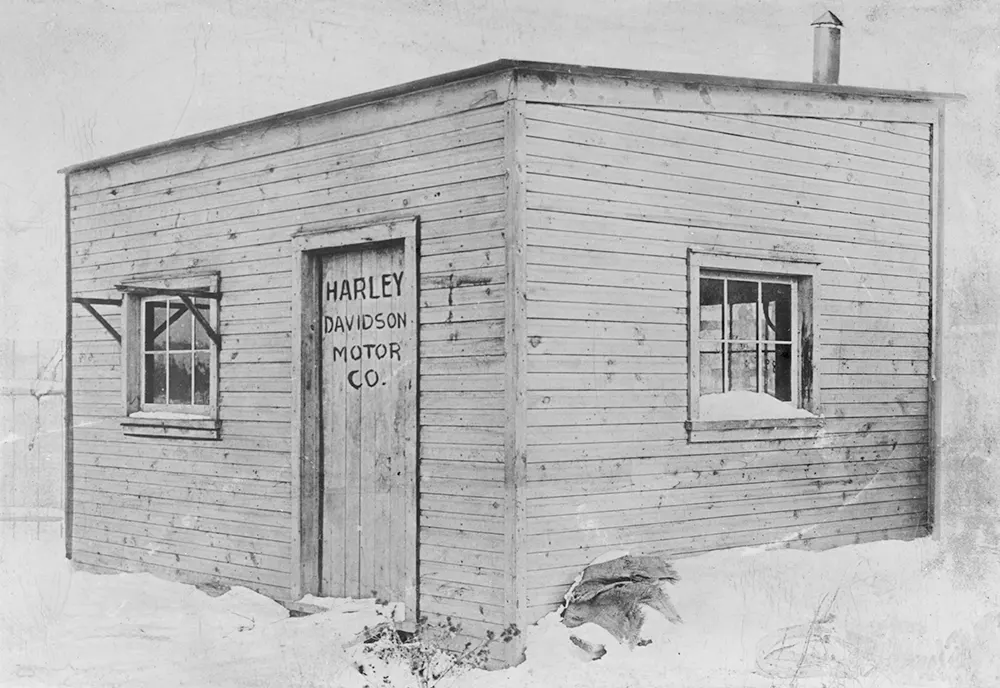
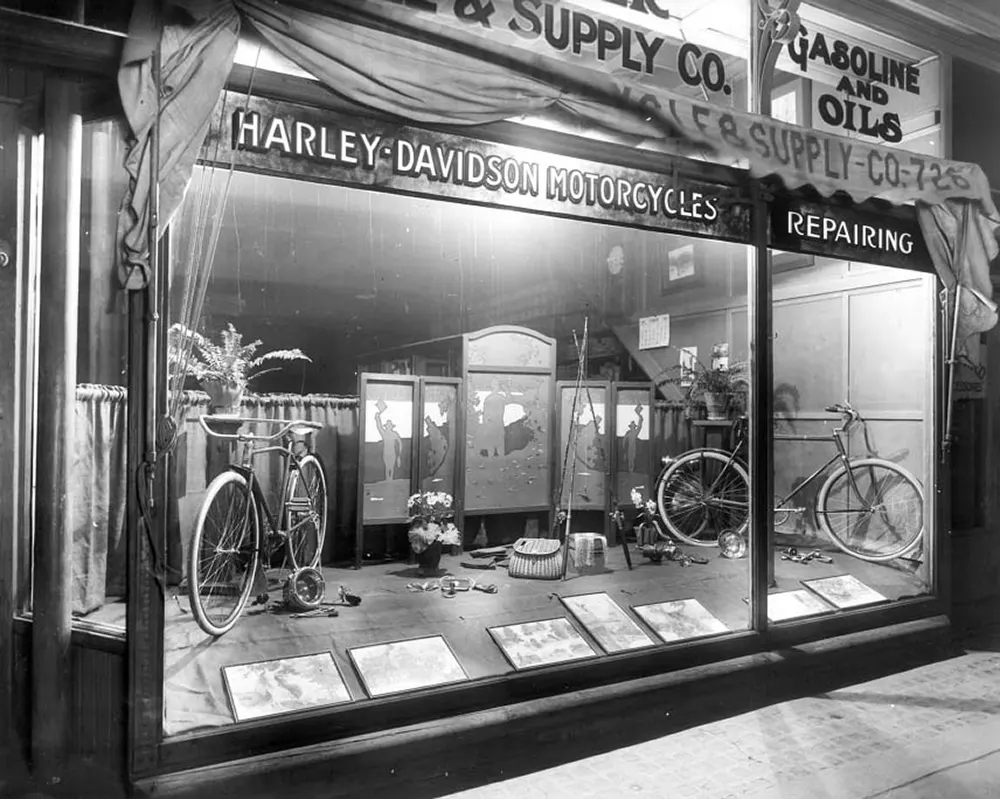
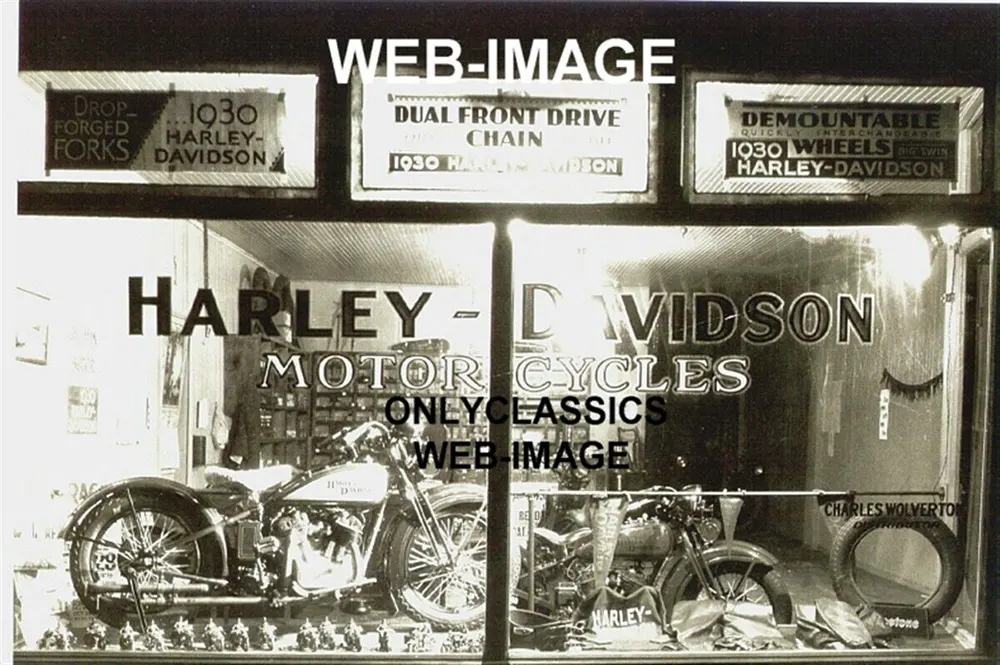
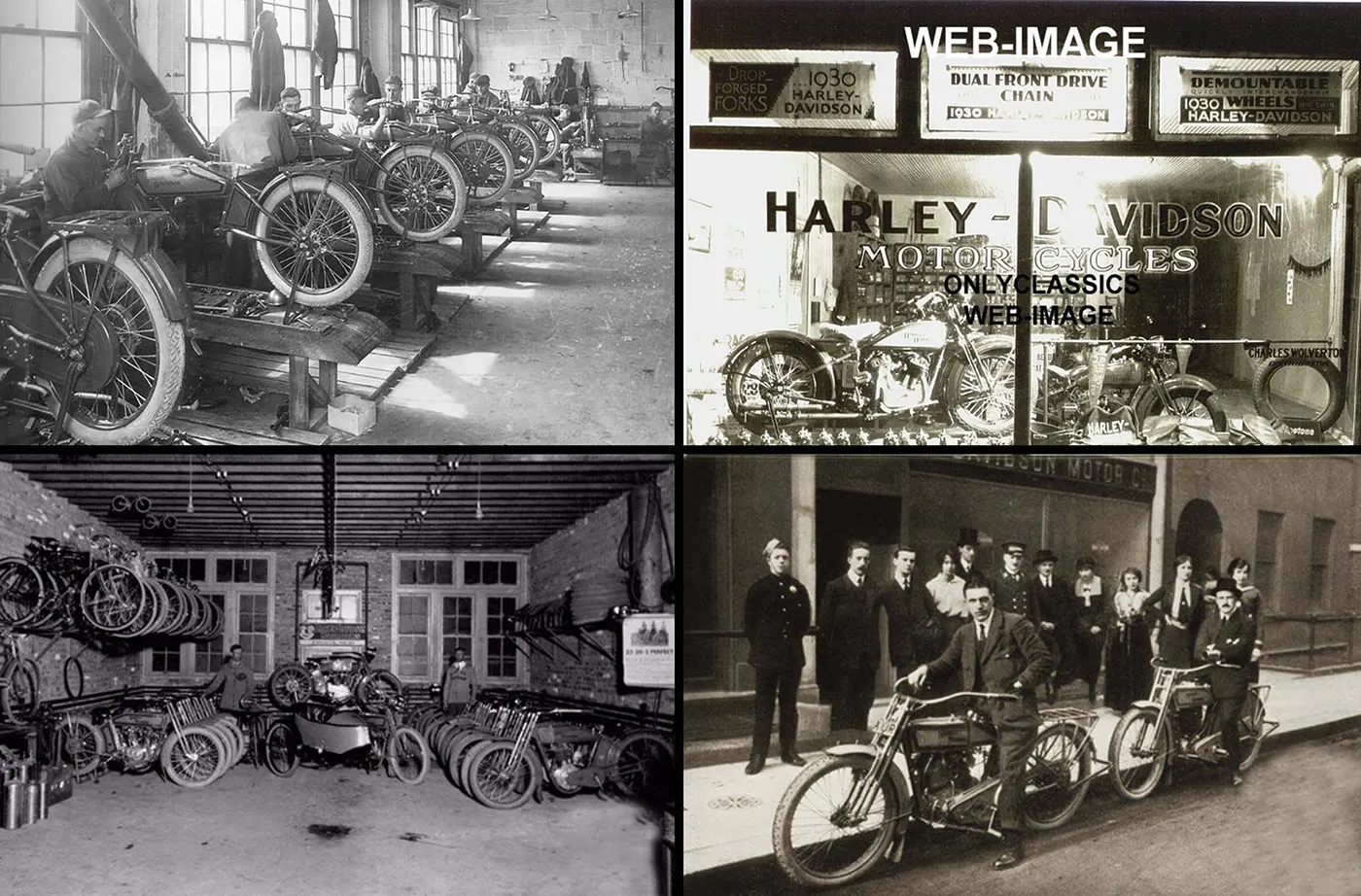
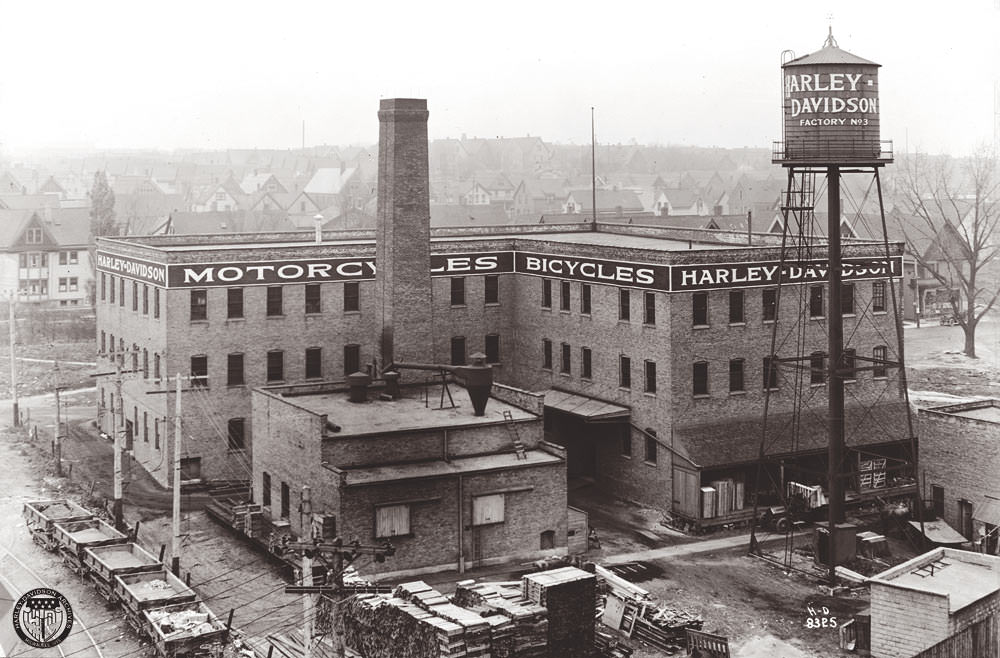
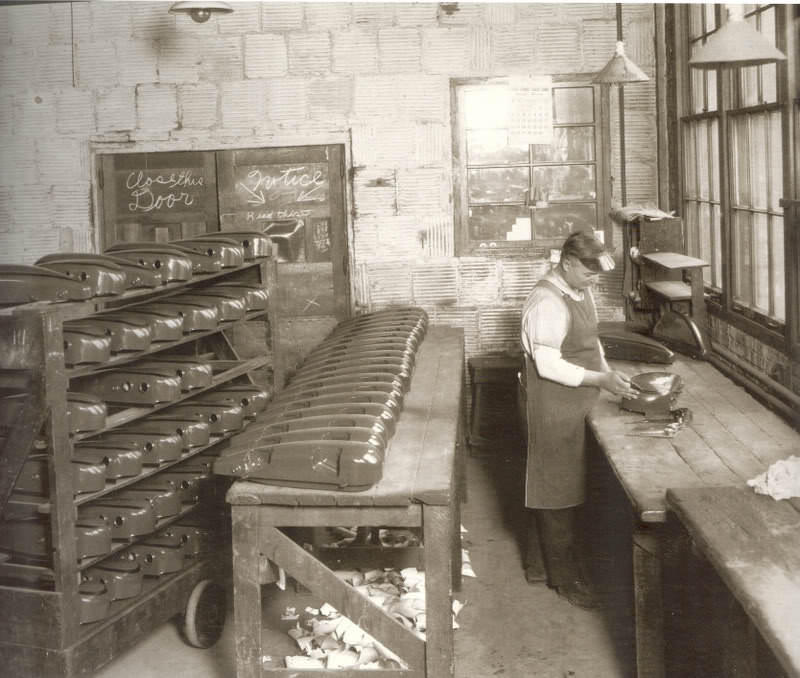
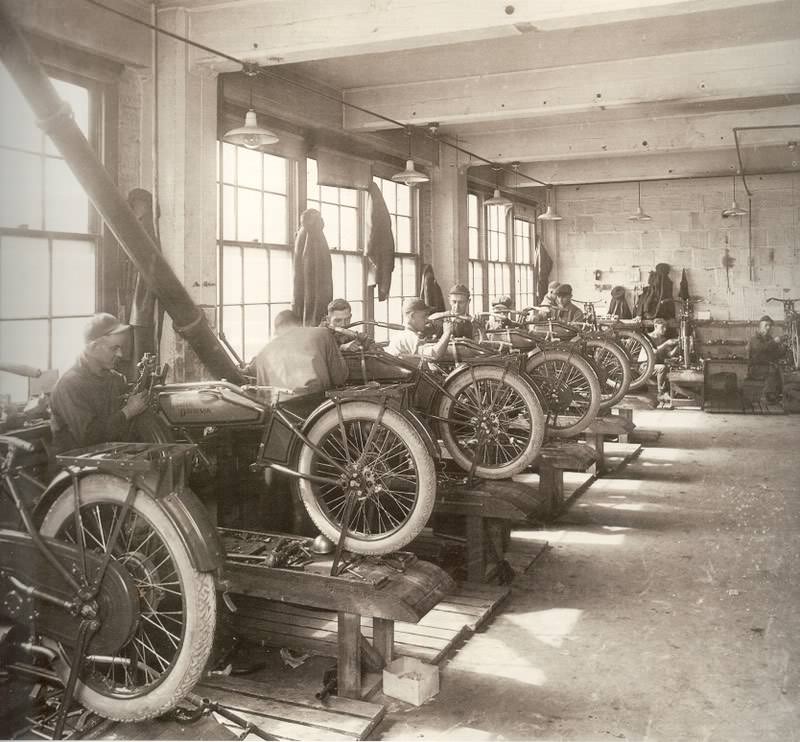
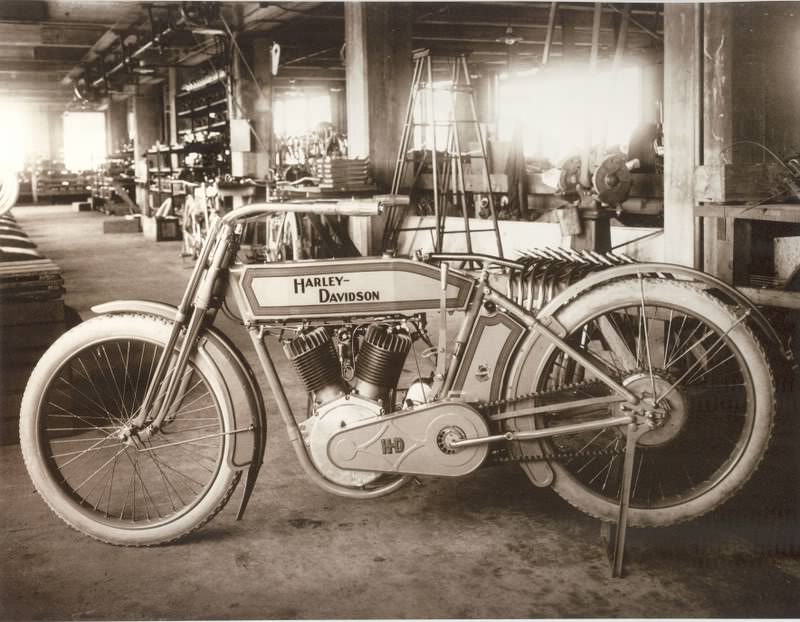
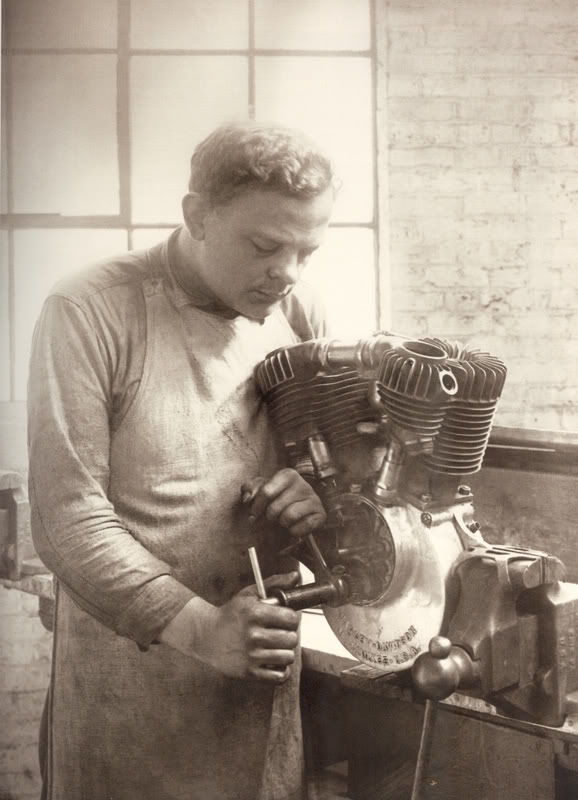
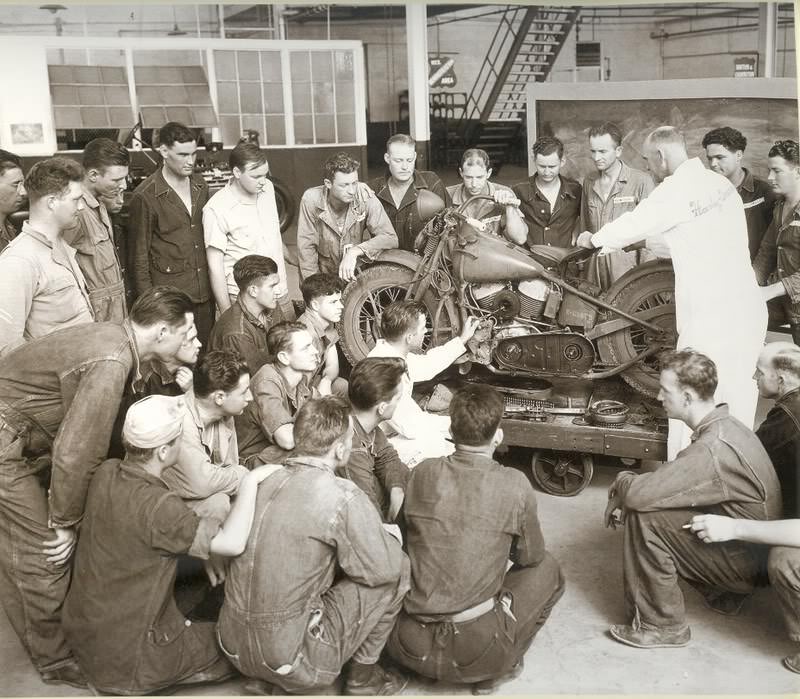
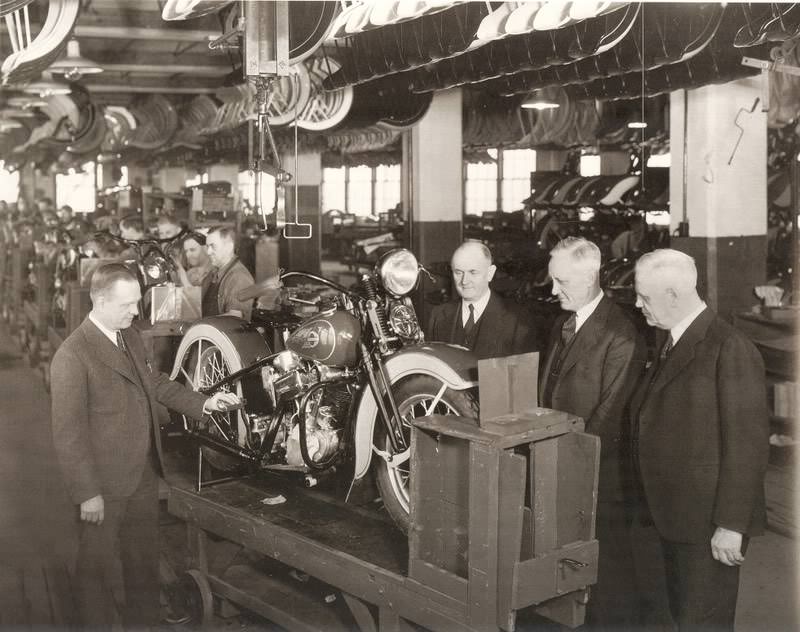
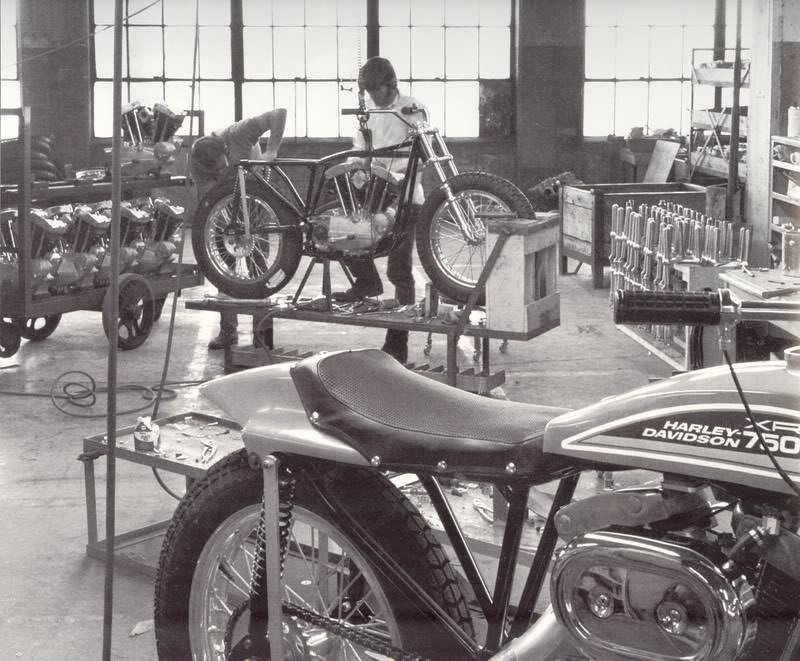
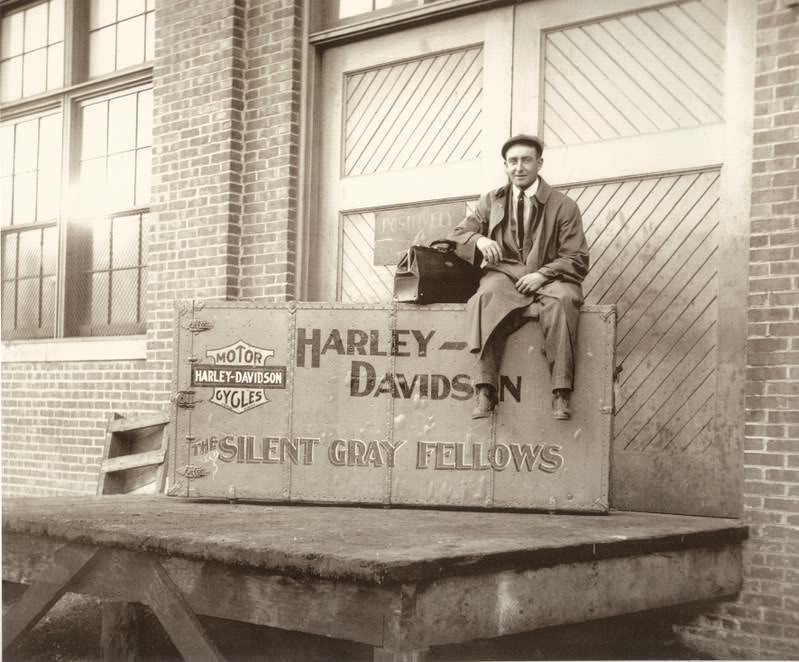
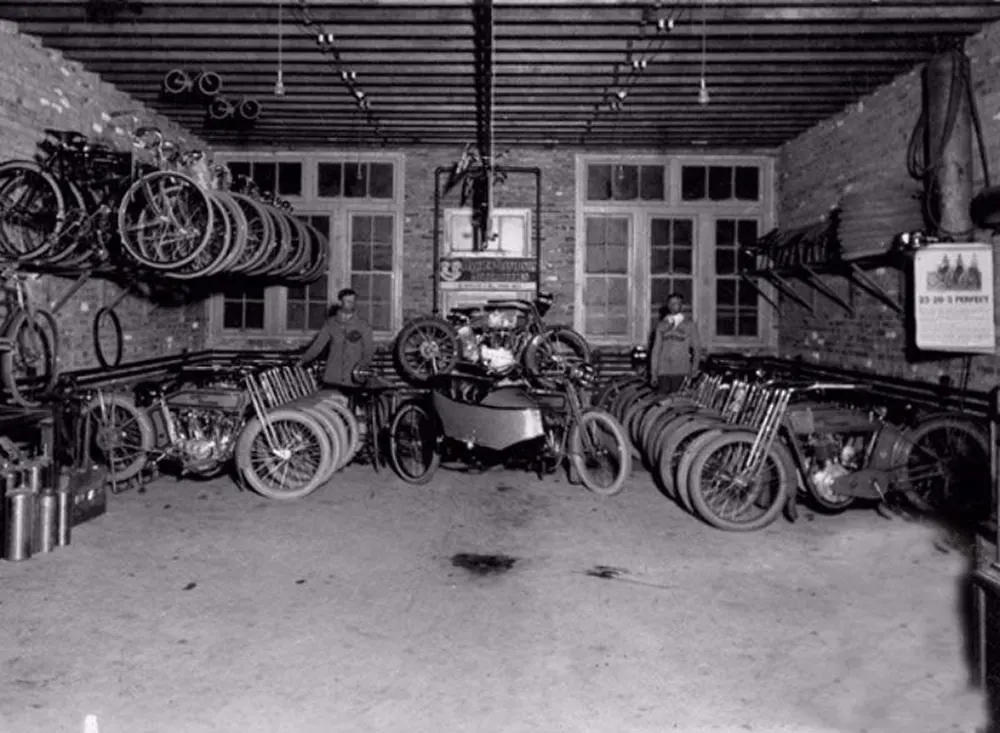
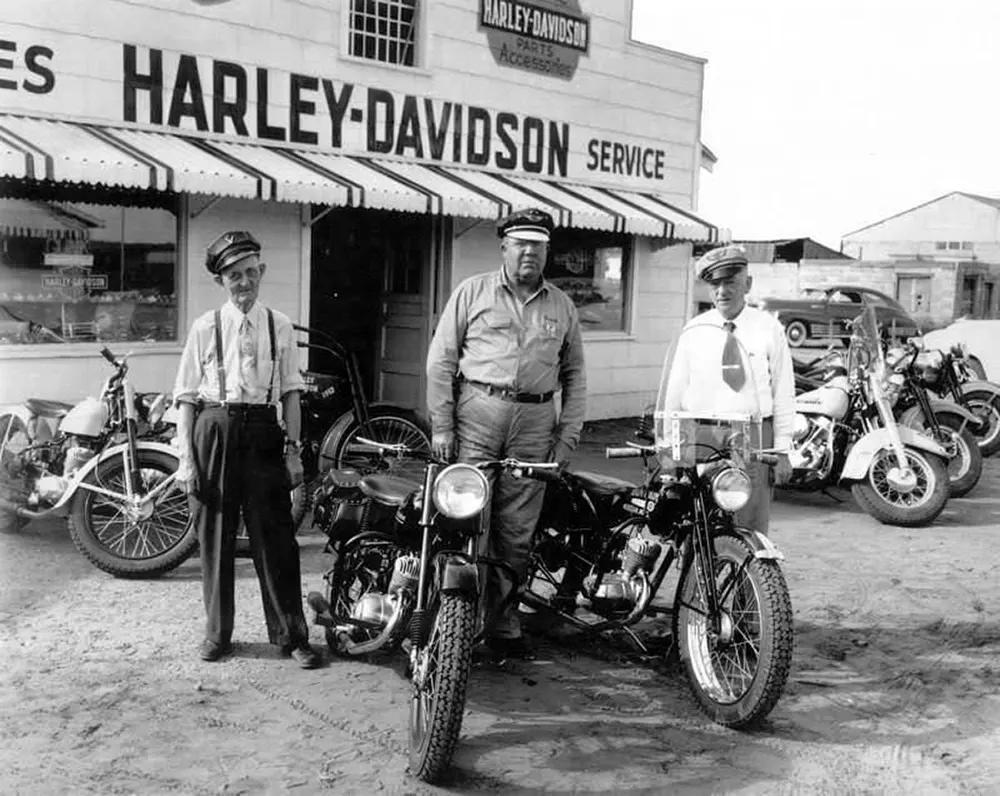
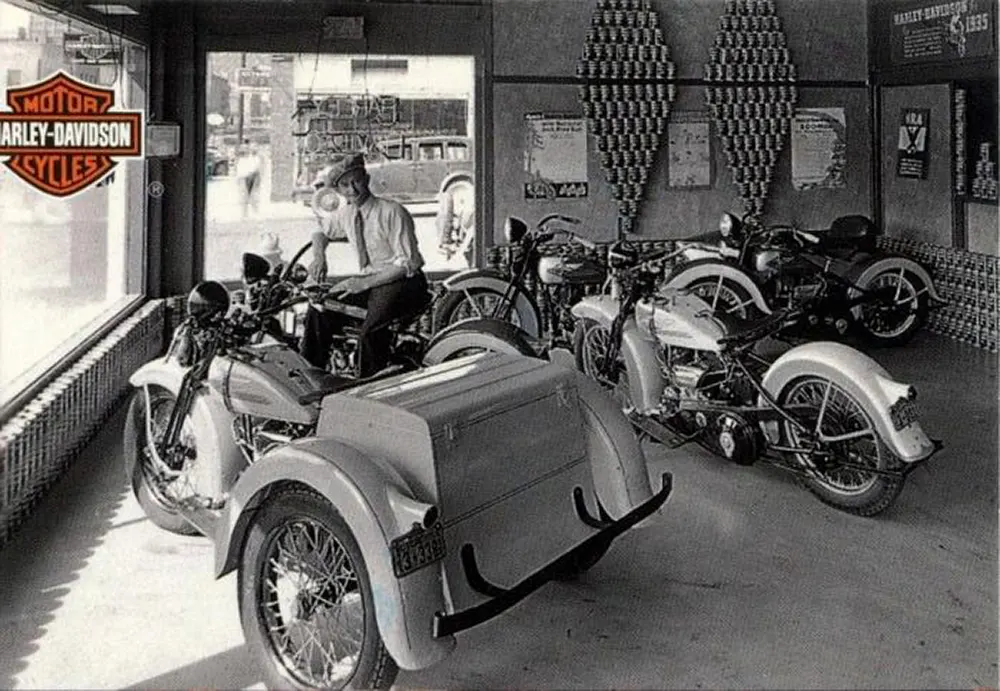
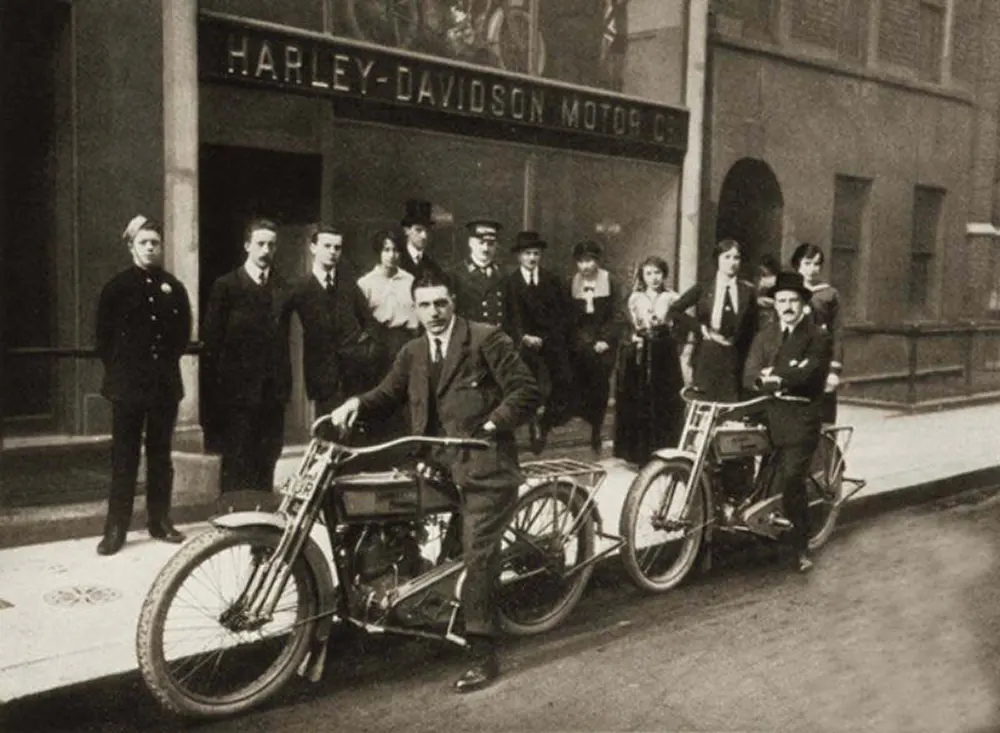
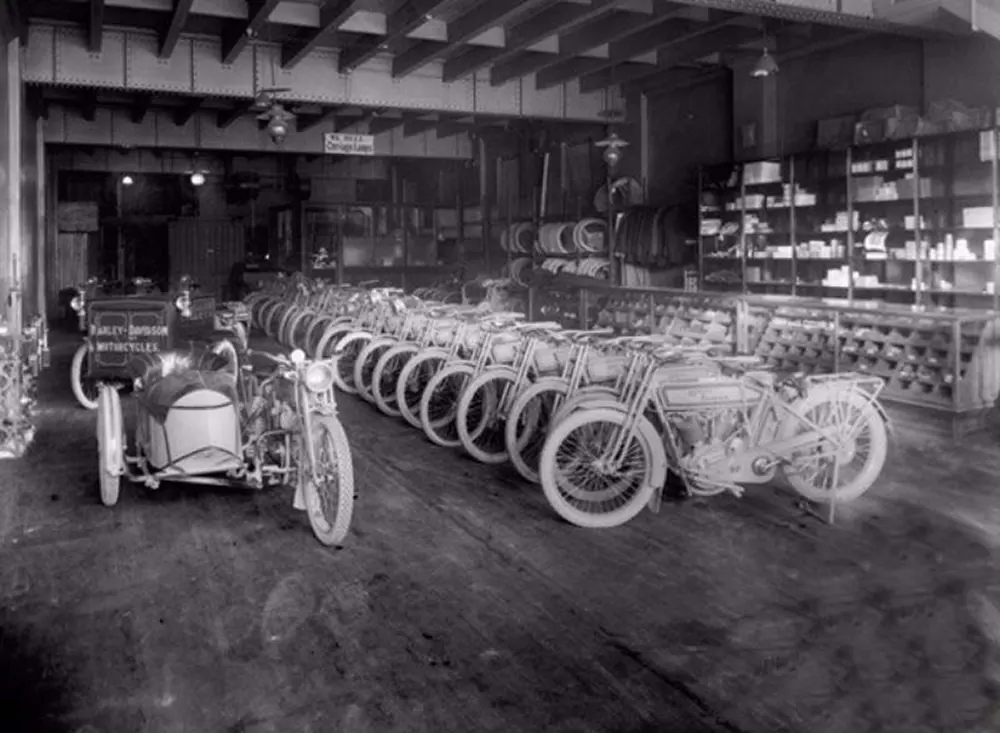
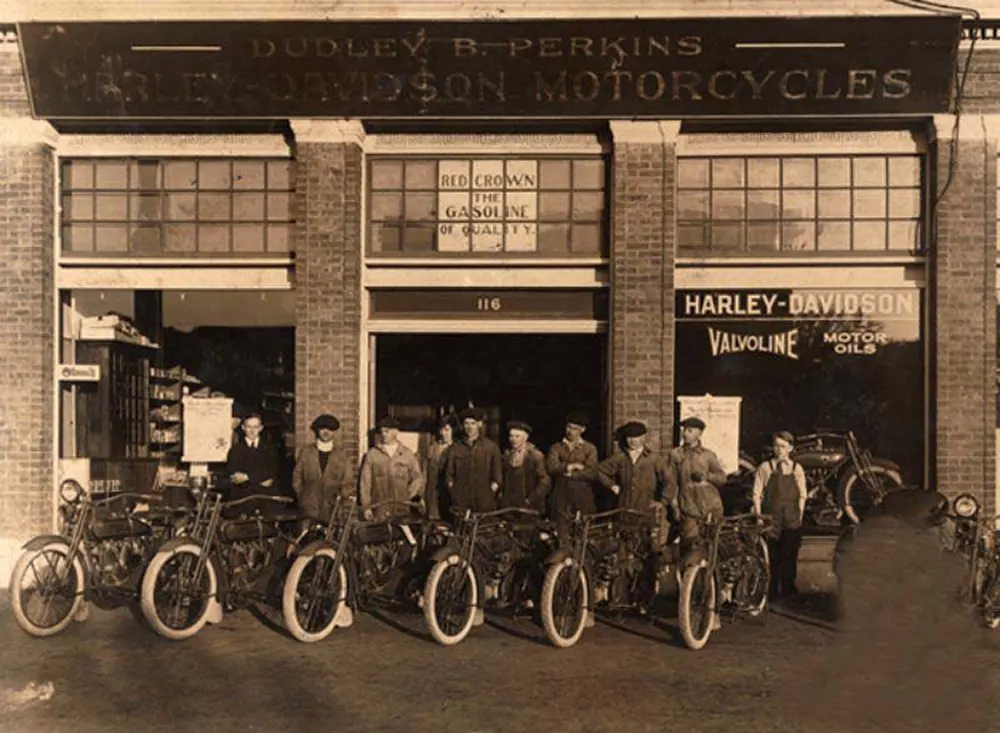
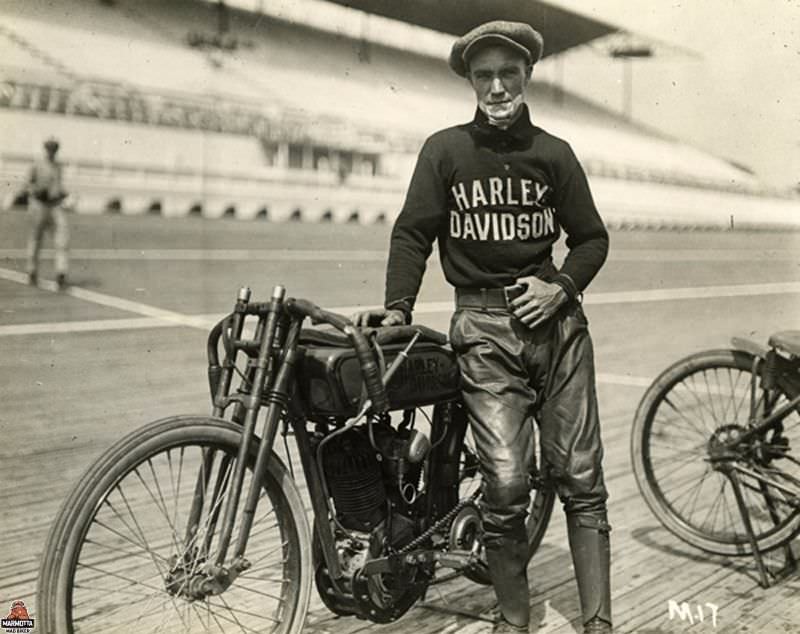
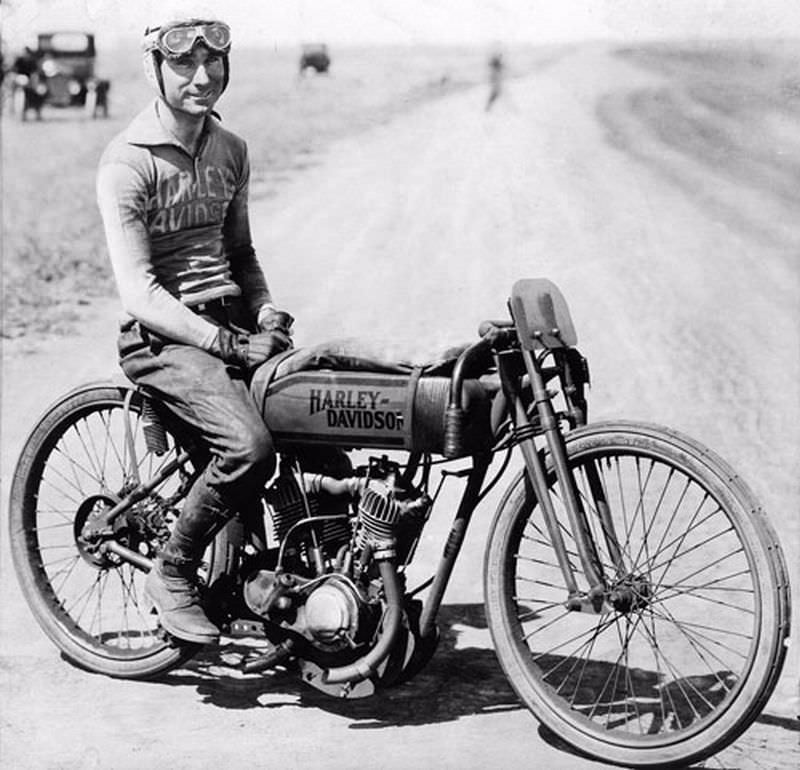
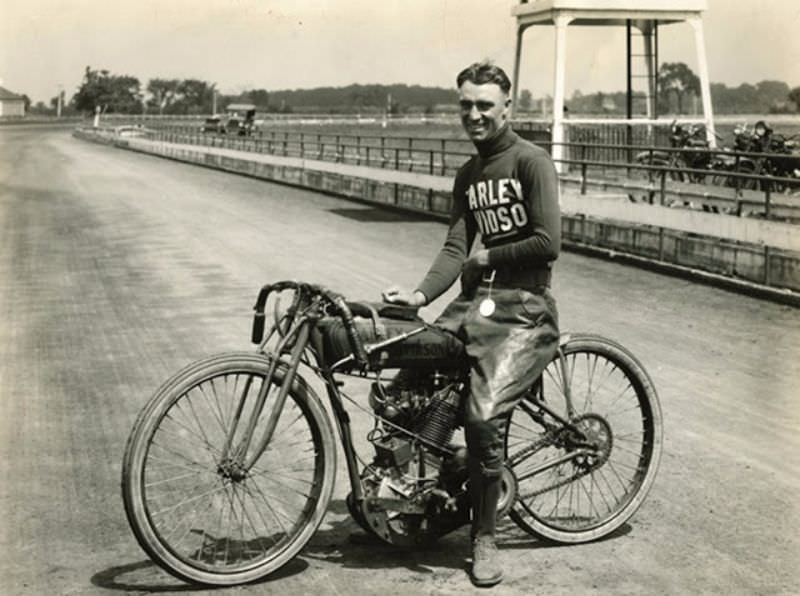
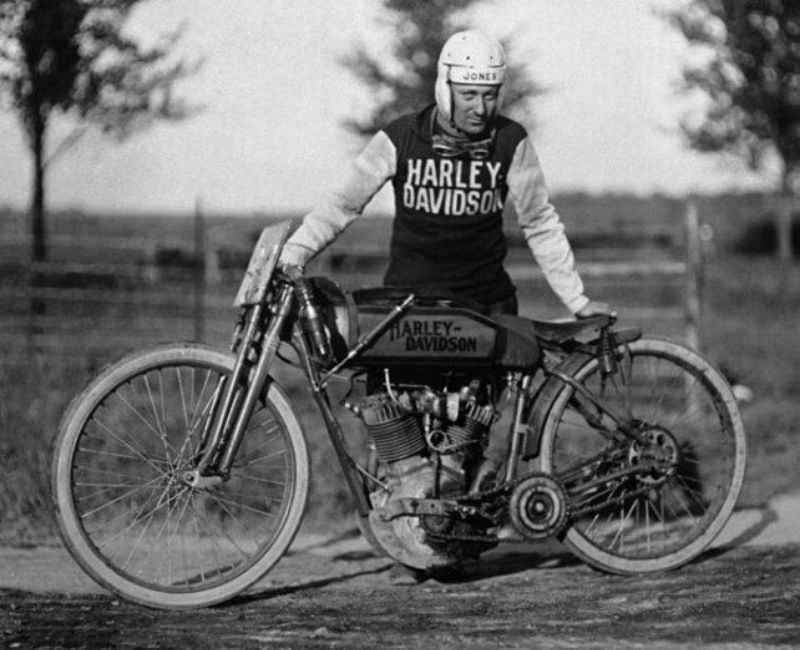
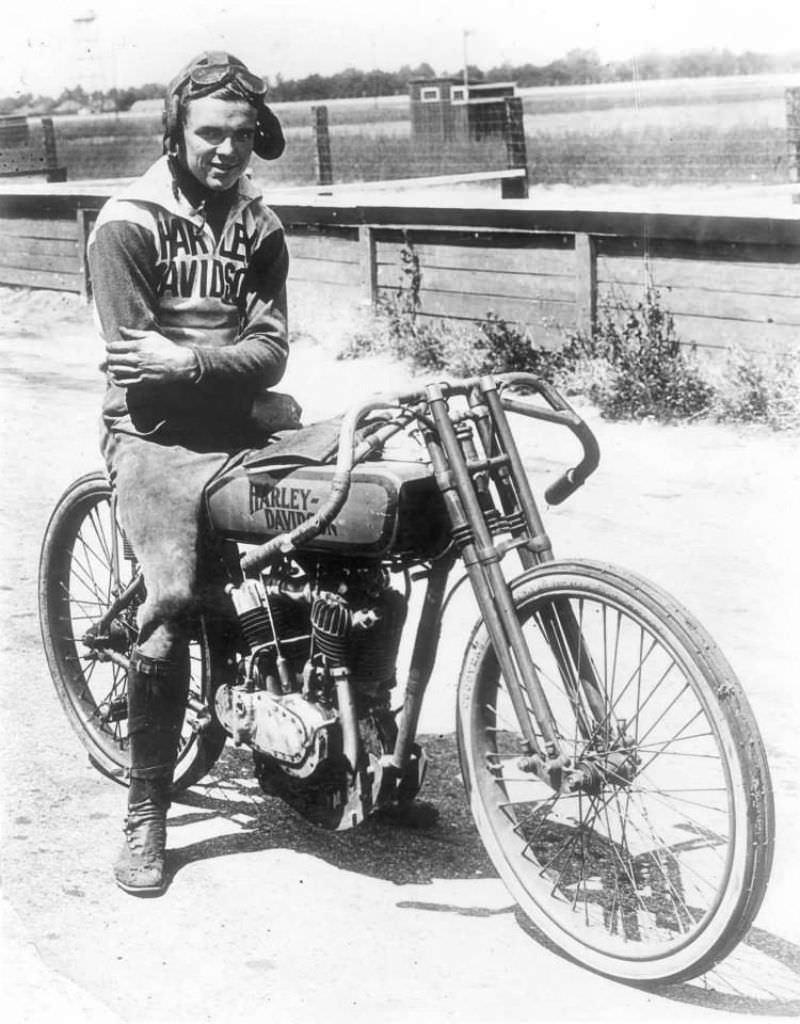
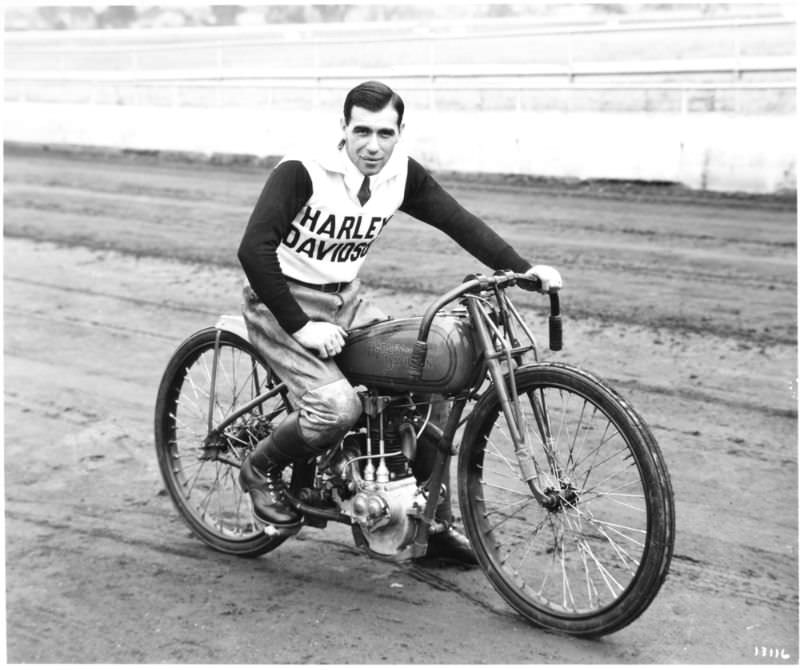
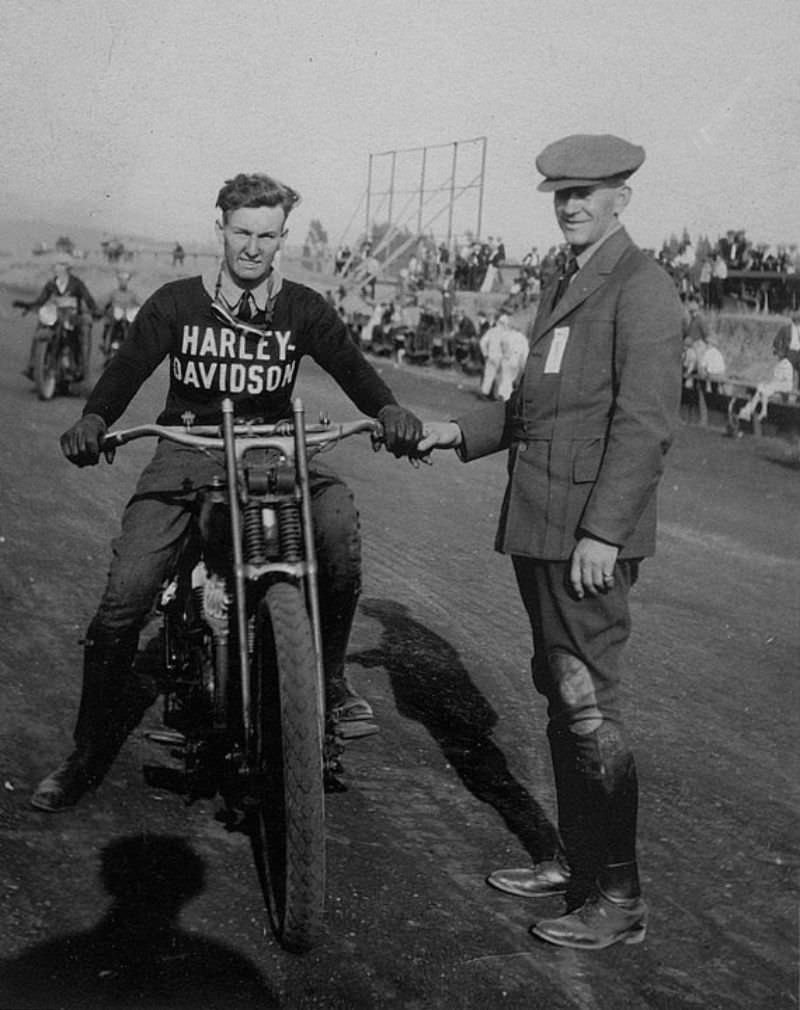
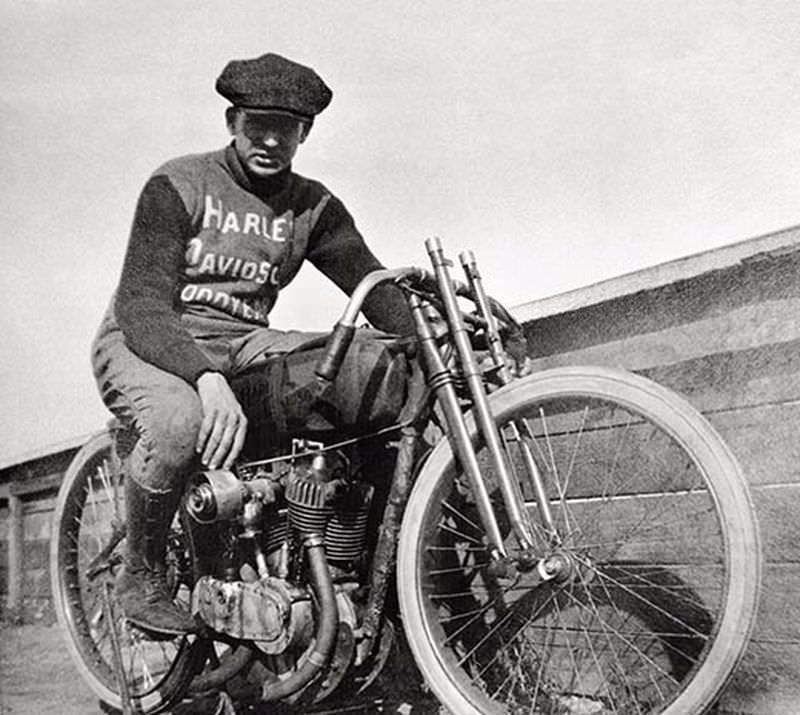
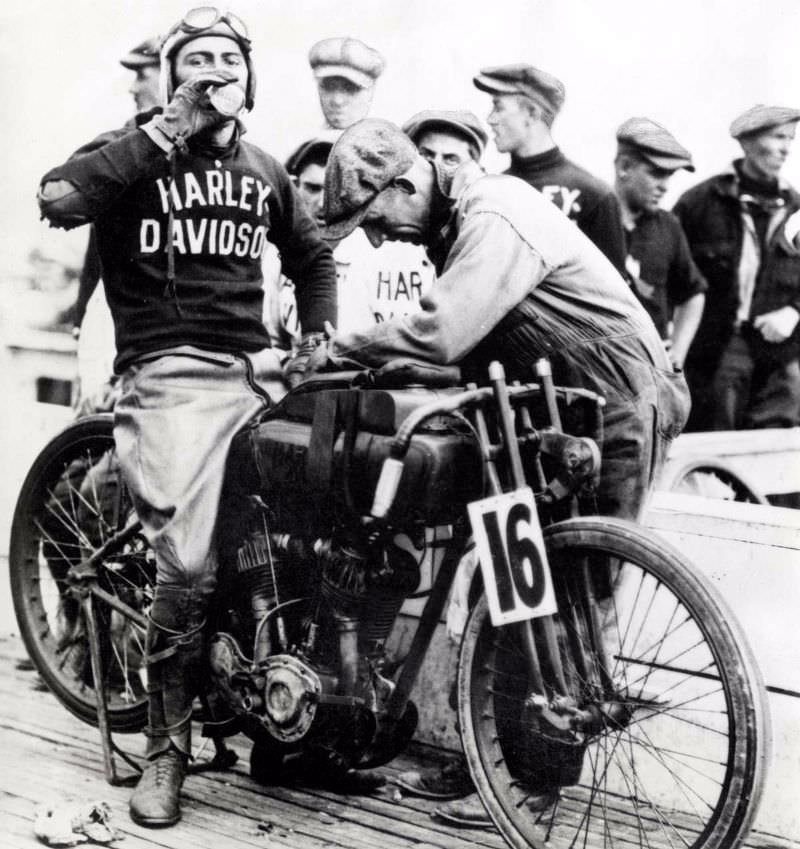

Harley before they hired their color-blind marketing execs.